#edward vi of england
Text





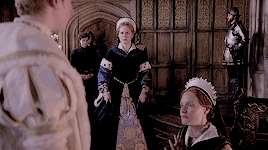
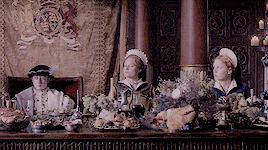
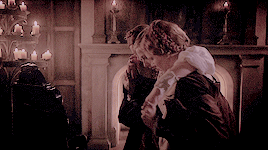
The world wants us at odds. We don't have to let it be that way.
148 notes
·
View notes
Photo
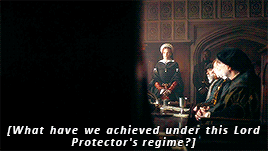
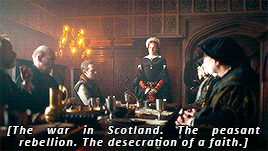

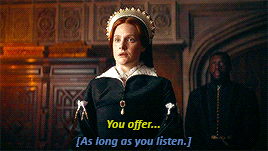
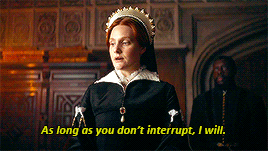


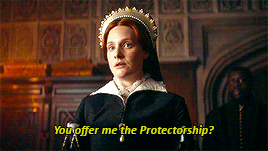

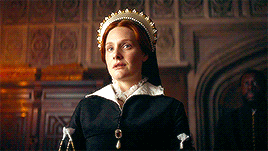
Mary was not in London to offer comfort to her brother while his uncle’s regime collapsed, but she knew more than most people about what was happening and the manoeuvrings behind it. She told Van der Delft that she had been approached to give her support to Somerset’s overthrow, but had declined to get involved. While things remained uncertain, this was wise, and it may also have increased her stock with the council, who continued to view her as someone who must not be ignored. They wrote to Mary and Elizabeth on 9 October (though the letter was primarily intended for Mary, as the heiress to the throne): ‘Because the trouble between us and the Duke of Somerset may have been diversely reported to you, we should explain how the matter is now come to some extremity. We have long perceived his pride and ambition and have failed to stay him within reasonable limits.’ They had been alarmed by the duke’s accusation that they wished to destroy the king and his behaviour at Hampton Court, where he had ‘said many untruths, especially that we should have him removed from office and your Grace made regent, with rule of the king’s person, adding that it would be dangerous to have you, the next in succession, in that place. This was a great treason and none of us has by word or writing opened such matter. He concluded most irreverently and abominably, by pointing to the king and saying that if we attempted anything against him, he [the king] should die before him.’ No wonder Edward had been petrified. The council went on to explain that they had ‘quietly taken the Tower for the king and furnished ourselves with the help of the City of London, which was loyal to the king before the Tower was ours’. They reported that the duke had removed Edward to Windsor and hoped that God would help them ‘deliver [the king] from his cruel and greedy hands. If it should come to extremity’, they added,‘which we will work to avoid - we trust you will stand by us.’
The council’s communication to Mary referred directly to a question about the coup, and the confused months of wrangling that followed it, that has never been fully resolved. Was Mary, at any point, offered the regency? Nowadays, such a robust denial would be taken by a cynical media as proof positive that an approach had been made. Merely by acknowledging the possibility that she could undertake such a role, the council were giving it credence. It seems likely, then, that feelers were put out and that some, at least, of the new privy council considered her a viable candidate. The imperialists would certainly have backed her and, for a time, Van der Delft and others believed that the removal of Somerset was a victory for conservative forces and presaged a return to the old faith. The princess could come out of her semi-exile and use her influence to reimpose the religious settlement of Henry VIII. They were, however, deceived. For two months, the direction that the new government would take hung in the air, as a struggle for power on the council ensued. When it was over, Warwick emerged as the leader of England’s government. He soon made it plain that he had no intention of abandoning religious change; in fact, he would press forward, with Cranmer’s support. All mention of Mary as a regent disappeared.
In truth, she had missed her opportunity. Yet it was a decision taken deliberately. The assertion that Mary would have been an ideal choice because she would not have interfered with the normal process of government is hard to justify. She was known for being a hard-headed woman of strong views, and it seems inconceivable that she would have been content to act as a royal figurehead. Arundel was still in touch with her at the beginning of November, but she could not be persuaded. Though she had been a political outcast for most of her adult life, Mary was no shrinking violet. She would have done much to return her brother to the religion in which she herself had been raised.The reason she failed to grasp the nettle was dislike and distrust of one man above all: John Dudley. ‘The earl of Warwick’, she told Van der Delft in January 1550, ‘is the most unstable man in England. The conspiracy against the Protector has envy and ambition as its only motives.’ — Linda Porter, Mary Tudor: The First Queen
#becoming elizabeth#historyedit#gifshistorical#perioddramaedit#dailytudors#chewieblog#userbbelcher#history#becomingelizabethedit#beedit#Mary I Of England#*mine#porter tag#edward vi of england#Edward Seymour#romola garai
293 notes
·
View notes
Note
Is it true Queen Mary Tudor little brother-the one that was king- once berated her Catholicism, and she burst into tears at the public humiliation of it?
Quite honestly, given how Mary's father (Henry VIII) and her younger brother Edward VI treated her in general, it wouldn't surprise me if one or the other tried to publicly humiliate her. We know Henry in particular was just horrible to Mary after divorcing her mother Catherine of Aragon. Mary wasn't even permitted to say goodbye to her mother when she died. As for her Catholicism, Henry tried over and over to force her conversion, but Mary actually stood up to him, and to Edward. She never truly converted from Catholicism, and in fact clung to it even harder as a result.
Now, I can't speak to any specific incident where Edward ridiculed Mary and made her cry, but in light of the people Edward had surrounding him (particularly the Seymours and John Dudley), it may well have happened. One could argue that Mary did, up to a point, get the last laugh since she ruined Dudley's Edward's plan to leave his throne to Jane Grey. But...well, things did not end so well for Mary either.
14 notes
·
View notes
Text
Corornation portiat of Edward Vi In 1547 sitting on his throne

13 notes
·
View notes
Photo
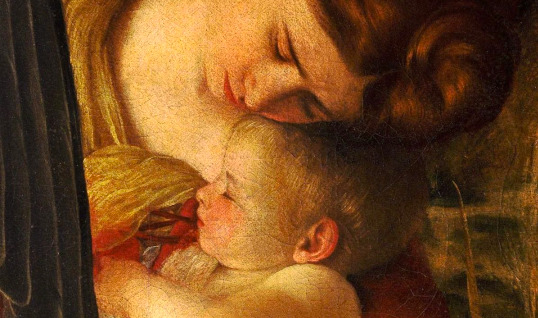


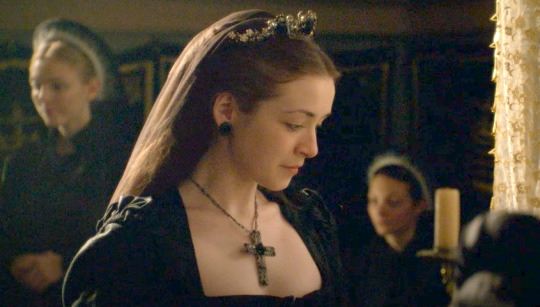


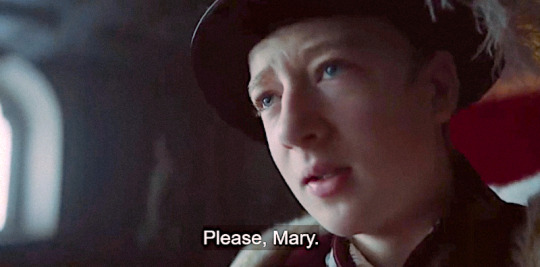



caravaggio’s rest on the flight into egypt, c.1603 / the tudors (3x04) / edward vi to mary i, may 1546 / the tudors (3x05) / kate bush - running up that hill / becoming elizabeth (1x02) / kodaline - brother / becoming elizabeth (1x04)
#becoming elizabeth#the tudors#mary i tudor#edward vi#mary i#edward vi of england#i just love their relationship#watching be has been worth it just for their portrayals tbh
137 notes
·
View notes
Text

Edward VI of England by William Scrots, 1550.
#classic art#painting#william scrots#flemish artist#16th century#portrait#male portrait#indoor portrait#edward vi of england#king#tudor#fashion
13 notes
·
View notes
Text

Months of dying later,I finished drawing this conflicted Tudor siblings. This is because the released Becoming Elizabeth on Starz (notorious for Tudor history circle).
Even i did not watch it,as far as I know the relationship between Mary, Elizabeth and Edward was affectionate until he was the king. Since not only the eldest and the youngest had different religions stand but more conflicts ,the siblinghood was strained and that's why they quarrel each other in Christmas in 1550. And Elizabeth was stuck Inbetween.
I hope you like it.
#the siblings looks are base on the historical portraits#edward vi#🧒📘👑#edward vi of england#mary i#mary i of england#✝️🎵✨#elizabeth i#elizabeth i of england#🌊💄💎#the tudors#the tudor dynasty#fanart#tudor era#historical fanart#watercolour art#tranditional art#my art
40 notes
·
View notes
Text
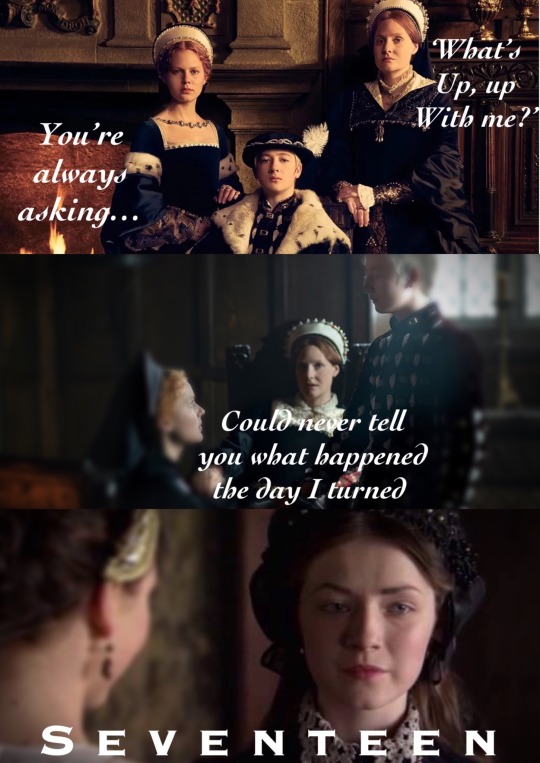

“Our father forced me to disown my mother…”//Seventeen by Marina and the Diamonds
#mary i#queen mary i of england#queen mary i#mary i of england#mary tudor#queen catherine of aragon#catherine of aragon#katherine of aragon#catalina de aragon#king henry viii#henry viii#queen elizabeth i#elizabeth i#edward vi of england#edward vi#becoming elizabeth#the tudors#romola garai#sarah bolger#maria doyle kennedy#jonathan rhys meyers#alicia von rittberg#marina and the diamonds#marina diamandis#the family jewels#tudor history#english history#tudor era#period drama#period piece
33 notes
·
View notes
Text
Becoming Elizabeth memes 2/?
Edward VI vs Lord Somerset
Sit and learn sir! Or listen his opinions.
#oliver zetterstrom#edward vi#edward vi of england#edward tudor#john heffernan#Edward Seymour#Edward Seymour Duke of Somerset#Lord Somerset#Lord Protector#Becoming Elizabeth edit#becoming elizabeth#Becoming Elizabeth memes#sit and learn sir#If I were you#Edward#I wouldn't annoy my uncle.#poor boy still trying to prove he is the king#I think it's kind of funny#becomingelizabethedit#period drama memes#period drama#tudor era#tudor
25 notes
·
View notes
Text
“Since we have received nothing from our first parents wherein we may glory”, Edward wrote in a telling statement of how he had come to view the tyranny and excesses of Henry VIII’s reign, “I am compelled, reverend father, since I have been called, by Divine Goodness and your agency and ministry, to this connection in Christ and a partaking of the gospel, daily to give thanks to God for his infinite and unbounded (though underserved) bounty towards me.”
—Edward VI, King of England (1547-1553), to reformer Martin Bruce. In: SKIDMORE, C. “Edward VI: The Lost King of England”.
#edward vi#tudor dynasty#king edward vi#house of tudor#edward tudor#tudor england#king edward vi of england#edward vi of england#the tudors
15 notes
·
View notes
Text
Bloody Mary: “The Unhappiest Lady in Christendom”
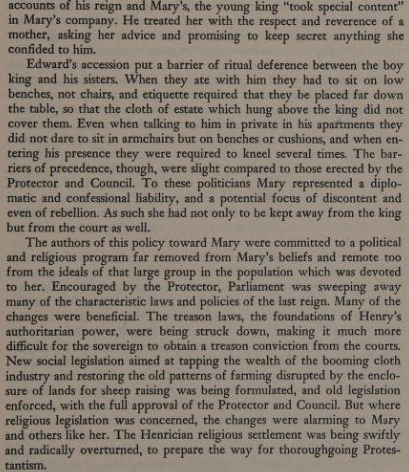
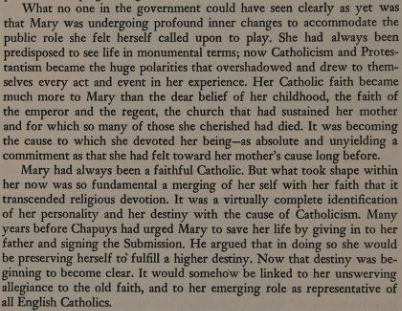
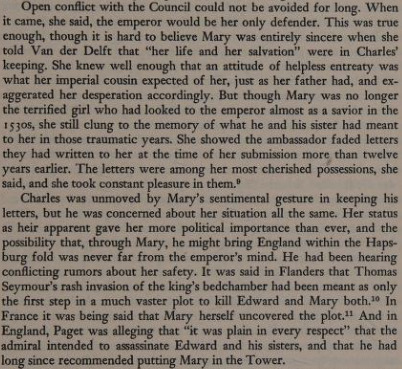
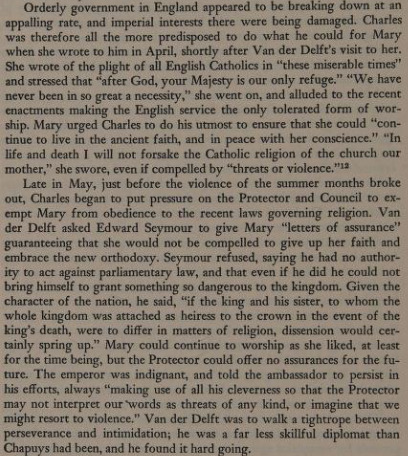
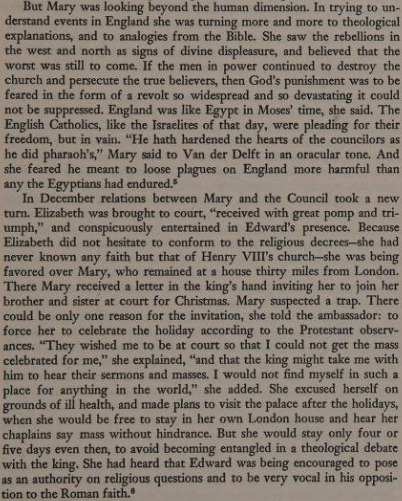



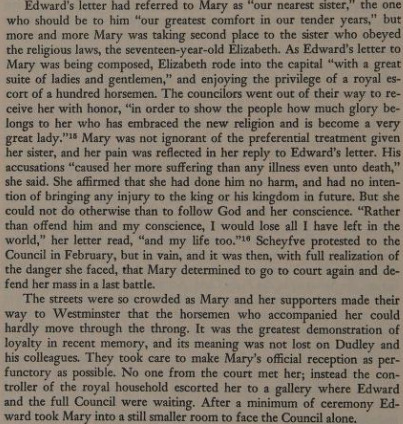
- Carolly Erickson, 1978
7 notes
·
View notes
Text
Edward: I will not hear your slander against my sister!
Aww, that’s my baby.
15 notes
·
View notes
Text
The 1539 gift exchange roll format was a harbinger of the 1557 Marian roll, detailing the king’s family and courtiers with Henry’s added embellishment to the court ceremony. A specially prepared gift chamber with “trestles and boards for the King’s New Year gifts to stand upon” was prepared for Henry to watch during the day as servants brought gifts and received rewards for their part in delivering the gifts. There was no queen in this year, therefore the primary group of close relatives was composed of Prince Edward, Lady Mary, Lady Elizabeth, and Lady Margaret Douglas, the King’s niece. All three children received gilt plate from their father: Edward’s gift weighed 209 ounces, Mary’s gift weighed 123 5/8 ounces, and Elizabeth received 90½ ounces. The gift roll does not record Edward and Elizabeth’s gifts to the king, but Mary’s gift was a chalcedony salt with a mother of pearl lid, all garnished with gold. She gave her brother Edward an embroidered crimson coat with pansies and gold aglets and her sister Elizabeth, a kirtle of yellow satin. The bishops followed as lords spiritual and the other peers in order of their social rank and precedence as lords temporal. The final groupings were courtiers and crown servants with close access to the sovereign. Participation in the gift exchange was an obligation of office or social rank for some and a privilege for others.
— Mary’s Participation in the Ritual of the New Year’s Gift Exchange as Princess and Queen by Jane Lawson, 2022. In Mary I in Writing: Letters, Literature, and Representation, edited by Valerie Schutte and Jessica S. Hower
#historicalquotes#tudorerasource#dailytudors#history#Mary I of England#Elizabeth I of England#Edward VI of England#Henry VIII of England#Margaret Douglas#culture#correspondence#Gift Exchange roll#Lawson tag#*mine#*quotes
14 notes
·
View notes
Text
Come on BE, give me the Edward and Elisabeth of Valois betrothal, give me a mention of my girl Elisabeth
2 notes
·
View notes
Text
A Baroque style portrait of Edward Vi

2 notes
·
View notes
Text
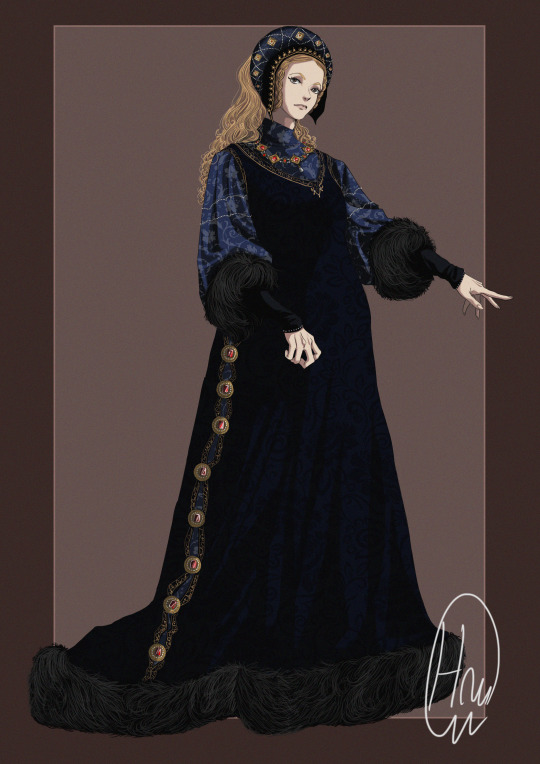
Elizabeth of York, fashion character design. Mourning outfit, c. 1482.
#the wars of the roses#15th century#medieval#middle ages#historical#british history#medieval england#art#illustration#sketch#edward iv#elizabeth woodville#elizabeth of york#henry vii#henry vi#margaret of anjou#margaret beaufort#isabel neville#richard iii#the white queen#the white princess#medieval fashion#historical fashion#character design#artists on tumblr#medieval costume#royals#house of york#plantagenets
218 notes
·
View notes